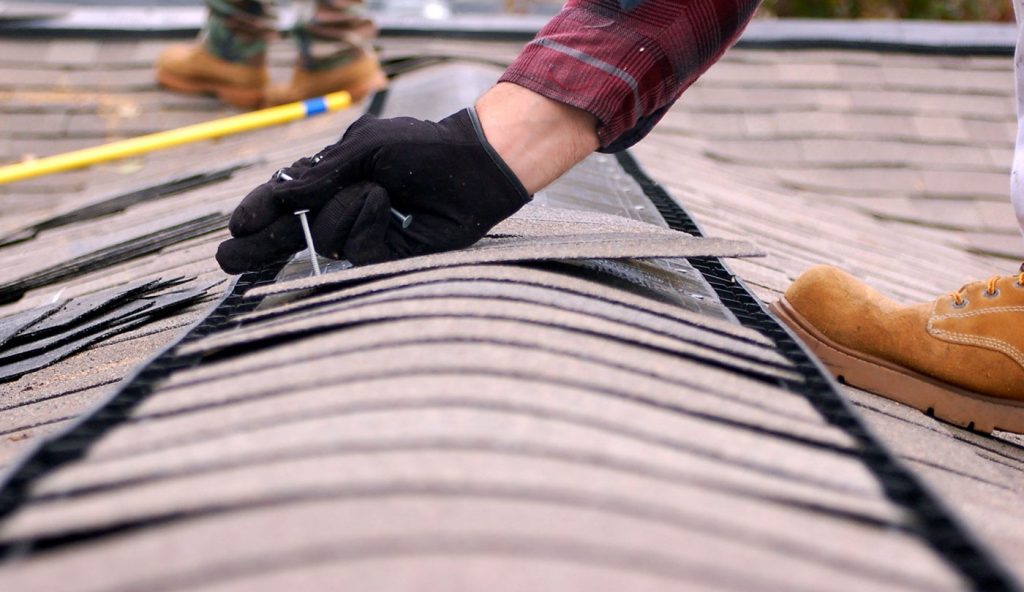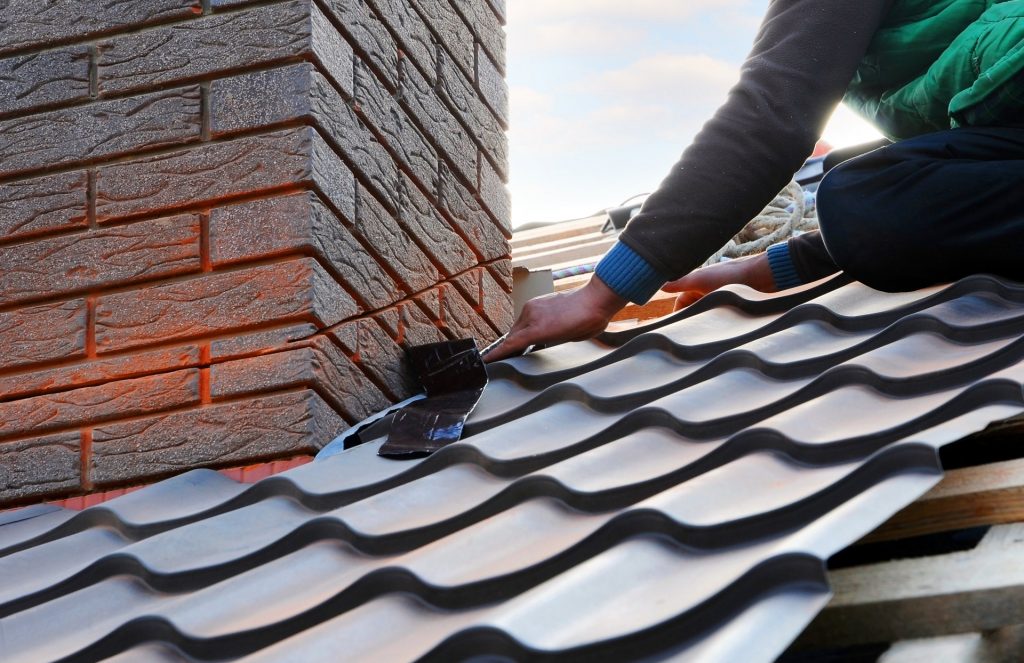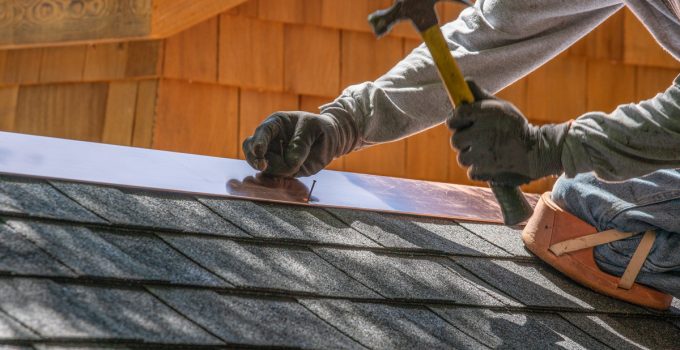When we think about repairs on our property, we are all aware that things break and that we need to fix them from time to time. Some projects seem easy, while others need to be done by a professional service. Our roofs are supposed to endure anything and everything, but they too have a limited lifespan, no matter if it is a few years or a few decades. When the roofs get damaged, that could easily lead to serious damage all over our property, and because of this, we need to get things fixed as soon as possible.
Before you commit to a project like this, make sure it is required, and that your budget has room for it. According to the experts at Mighty Dog Roofing, you should start by preparing a detailed plan for each project, with clear instructions and expected costs. This way, you will be able to see how much you need to invest in the entire project, as well as how long it is going to take.
This begs the question, do we do things on our own, or should we just skip to calling a professional service and get things done instead of us? In this article, we are going to try to answer this question, and tell you more about the pros and cons of DIY roofing repairs. Continue reading if you want to learn when you are safe to get this project done alone, and when it is time to call the right service.
1. You can save on the cost

Source: mydecorative.com
Most of us approach DIY projects because they are said to help you spend a lot less money. When you don’t have to collaborate with a contractor, you only pay one price for the materials used. You don’t have to pay the workers any money, and you are free to choose what to invest in and how much. This gives you full control over your budget and a full overlook of the expenses.
2. You may end up spending more
Even though these projects are meant to help you save a few bucks, they can also make you spend a lot more than expected. You will need to invest in new equipment, and right from the start, you are spending more than planned. In case you damage something, or you don’t install things properly, you will end up paying twice for the same items. Note that you won’t get any type of insurance on this project, and if you make even one wrong move, you risk damaging your entire house.
3. You can work depending on your schedule

Source: royalroofinginc.ca
We all have busy schedules, and sometimes, we get held up at work, or we just have plans that appeared at the last second. When you choose to do the roofing on your own, you won’t have to worry about the crew waiting for you, and you won’t have to adjust to their free time. You can choose what to do, when to do it, and how. It all depends on you.
4. You may take on a project you are not ready for
Know that fixing your roof is a lot more complex than hitting a few nails and removing a few boards. You will need to get all the needed licenses, permits, the right type of insurance, and you need to be ready to invest a lot of time and money in this project.
On websites like oahu-roofing.com/kaneohe-roofing, you can see that the roofing contractors will make sure everything is done following the latest laws and regulations, and they will make sure the job is done properly without any delays.
5. You may save time

Source: frp-manufacturer.com
We don’t want to end up doing something for months, and when we have to wait on a roofing contractor to find free time for us, we may end up waiting for a long time for the project to start. Even though the professionals will get things done faster, they may still hold things up by not having time for us. When you choose when to start and how; you can easily tackle the repairs faster.
6. You may end up spending months on this project
Even though you are in full control over when you are doing things, no one can guarantee that things will get done on time. If you don’t know what you are doing, if you don’t know how to get the needed permits, and if you are missing even one piece of equipment, you risk wasting a lot of time. Even if you don’t know how to finish one task, that could make things difficult with the whole project. If you don’t create a schedule, and if you don’t get things done on time, you may end up spending months and months on this relatively simple task.
7. You choose how and when things get done

Source: service.com.au
The last positive side of getting things done on your own is that you will be the one who chooses everything. Starting from the schedule, up to the design, materials, and everything else. You won’t have to adjust the schedule and create a plan depending on the free time the construction companies have, and you will make sure that everything is done in the way you want to do it. When no one is there to tell you what to do or how to get things done, you will know that you’ve achieved the highest quality.
8. You may get hurt
The last negative aspect of a DIY project is that you may get hurt. You will be working at heights, and you need to always wear proper equipment. Even one wrong move may cause you to lose balance and fall, and this could lead to serious injuries. Even if you don’t fall down, you can still cut or bruise yourself, and working at heights with specific equipment is definitely not something everyone can do.
These are some of the pros and cons that come with DIY roofing repairs, and you should know that you have the last word. No matter if you choose to do it on your own, or if you choose to go with a professional constructor, you should know that you must approach this project with research. Compare the two things, compare costs, and see how many things you can realistically get done on your own. Don’t overestimate your knowledge, and on the same note, know that some tasks are much easier than they seem. Consult with your friends and family members, see if they can help you, and don’t forget to schedule a meeting with a constructor, even if you don’t end up hiring them.







